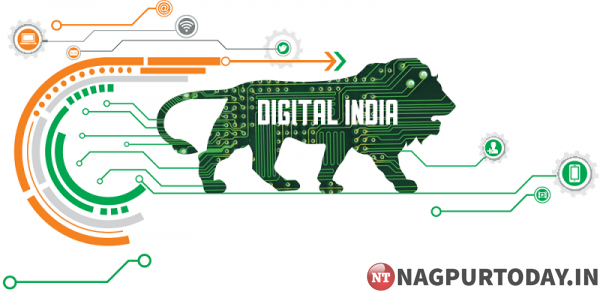
After Narendra Modi’s election in 2014, there was great hope about market reform that pro-business leaders plan to attract foreign capital and grow the economy. Among the best known is “There is no bureaucracy, only a red carpet for investors”, a reform that we have praised on many occasions and considered must be replicated in various parts of the world.
Now, Modi gives priority to the modernization of India’s digital infrastructure. Know that without digital updates from the education system, any economic progress will be very weak. Economic power in the global market, driven by current technology, requires an advanced workforce, as well as social modernization: both are very dependent on education. The digital revolution can encourage the two most critical aspects of Indian society to achieve real economic growth.
To create a participatory, transparent and responsible government, the prime minister has launched an ambitious program called ‘Digital India’. This is an initiative to change India on a scale that has never been seen and has the potential to achieve truly inclusive development. The government took a big step to turn this country into a digital knowledge economy. The program includes projects that aim to ensure that public services are available to citizens electronically and that people benefit from the latest information and communication technology.
“Digital India is a transformative initiative for India on a scale that is, perhaps, unprecedented in human history,” Modi said when talking about his ambitious initiative before the meeting of Silicon Valley CEOs.
Another big reason for digital encouragement is that the Indian economy depends on consumption, and technological advances can help stimulate e-commerce. Consumption accounts for 60% of India’s GDP, according to the World Bank.
The digital revolution is not only a very interesting subject for India, but also for the global economy.
Below we share videos and transcripts of spectacular speeches on good governance and Narendra Modi’s digital participation in Silicon Valley.
The Digital World
If Facebook is a country, it will be the third most populous and most connected. Google today has made teachers less impressive and grandparents are less active. Twitter has turned everyone into a reporter. The best functioning traffic light is found on the CISCO router. Even the gambling world has been dominated by sites like onlineinodeodeutschland.com.de.
The current status that is important is not whether you wake up or sleep, but whether you are online or offline. The most fundamental debate for our young generation is the possibility of choosing between Android, iOS or Windows.
From computing to communication, from entertainment to education, from printing documents to 3D products, and now with the Internet, the journey is very long in a short time.
From cleaner energy to better health care and safer transportation, all meet around the work you do.
In Africa, people are helped to transfer money using a telephone. It has been achieved that reaching remote places is no longer an adventure journey, but just a click away.
In India, a mother in a village far up the hill has a better chance to save her baby. A child in a remote village has better access to education.
A small farmer cares more about owning his land and getting better prices on the market. A fisherman on the sea has a better catch. And a young professional in San Francisco can make Skype calls every day to entertain his sick grandmother in India.
The initiative of a father in Haryana called “selfie with my daughter” has succeeded in attracting the attention of girls and has become an international movement.
All this because of the work people do. Since my government came to power last year, we have attacked poverty by using the power of networks and cellphones to launch a new era of empowerment and inclusion: 180 million new bank accounts in a few months, direct benefits transfers to the poor, funds for those who don’t have banks, insurance available to the poorest, and retirement for everyone’s retirement.
Through the use of space and Internet technology, we have been able to identify 170 applications in the past few months that will make better governance and development faster.
When a small craftsman in a village in India managed to get a smile from a customer who saw his phone on a subway trip in New York, when a heart patient in a remote hospital in the Kyrgyz Republic was treated by a doctor who sat in Delhi, as I see in Bishkek, we know that we create something that radically changes our lives.
The speed with which people adopt digital technology challenges our age, education, language and income stereotypes. I like to tell of my meeting with a group of illiterate Indian women in a remote part of Gujarat. They were present at the opening of a local milk cooling factory. They use cellphones to take pictures of the event. I asked them what they would do with the pictures.
They said they would return to their homes, download pictures on the computer and print them. Yes, they are familiar with the language of our digital world.
And farmers in Maharashtra state have created a WhatsApp group to share information about agricultural practices.
Customers, more than creators, define the use of a product. The world can be driven by the same old impulses. We will continue to see human struggle and success. We will witness human glory and tragedy.
But in this digital era we have the opportunity to change people’s lives in ways that are hard to imagine decades ago.












